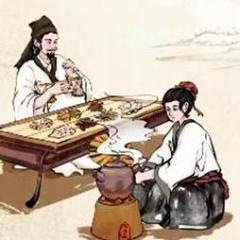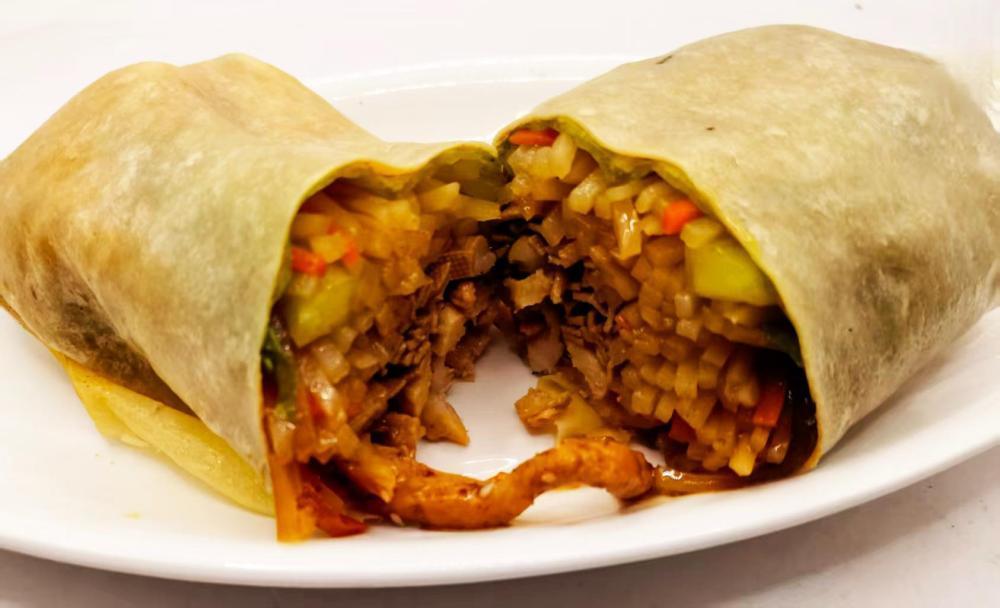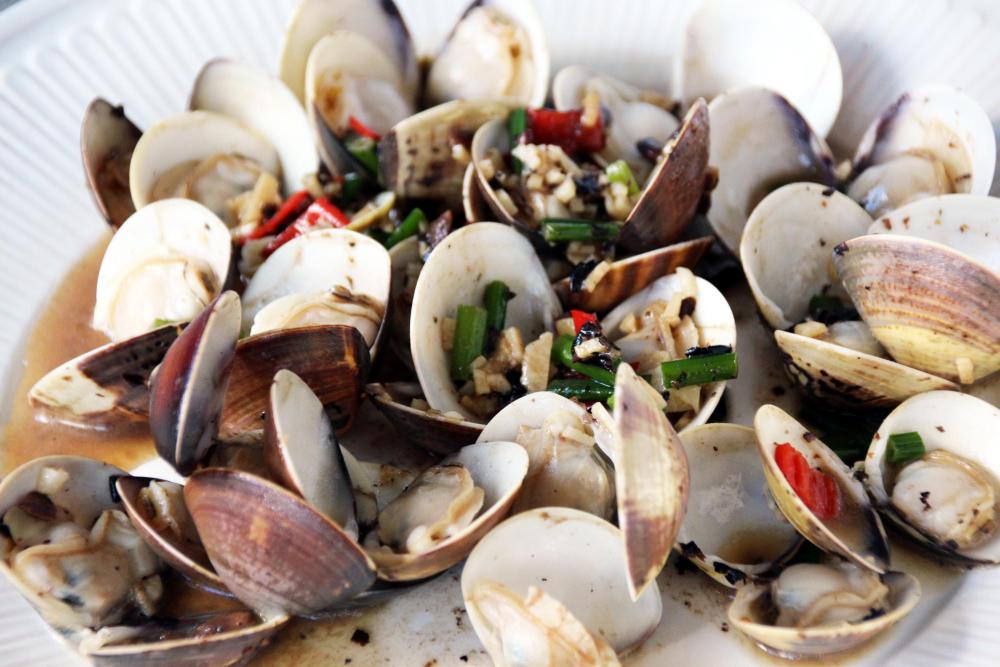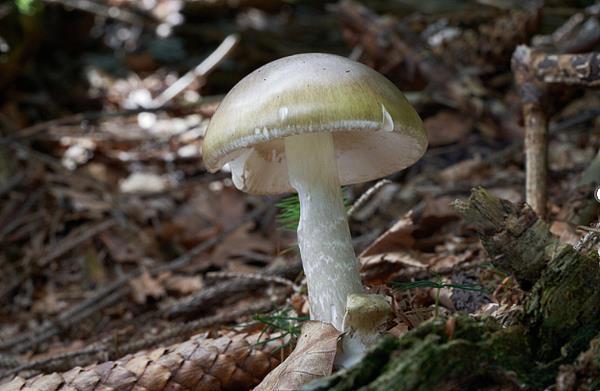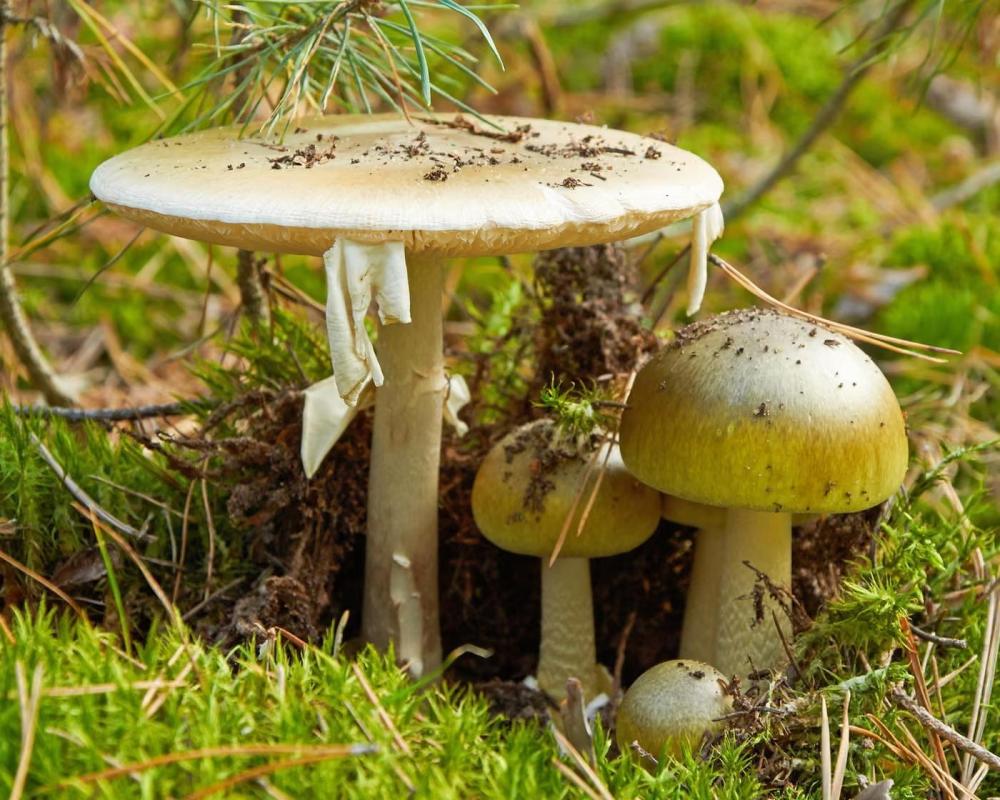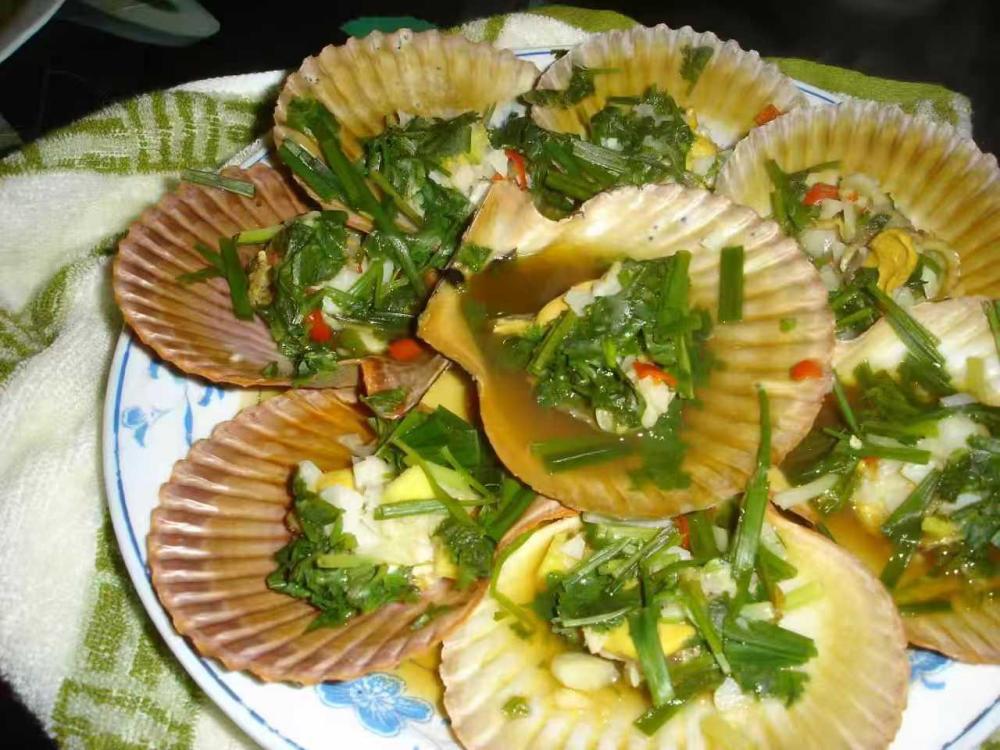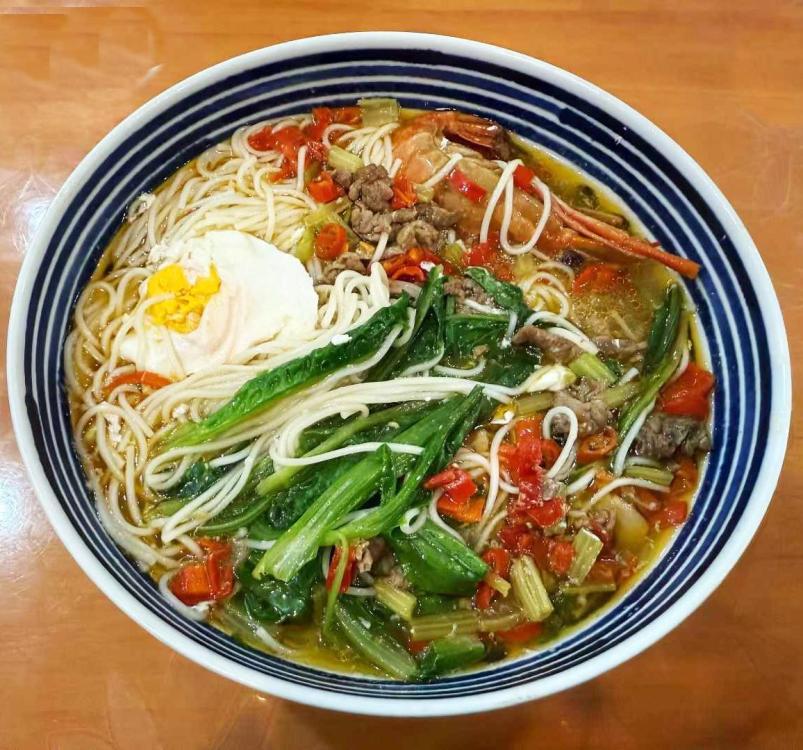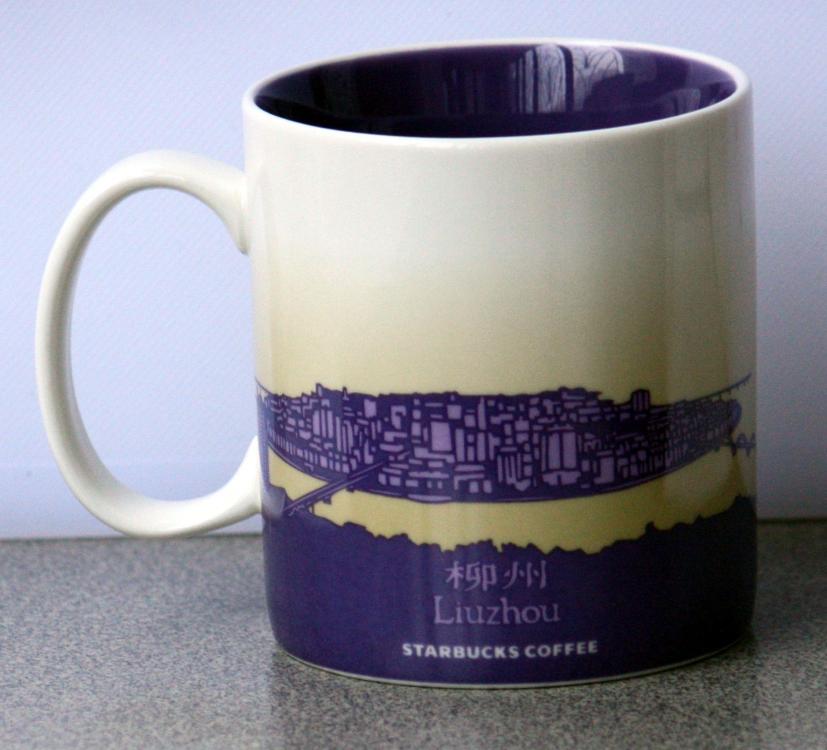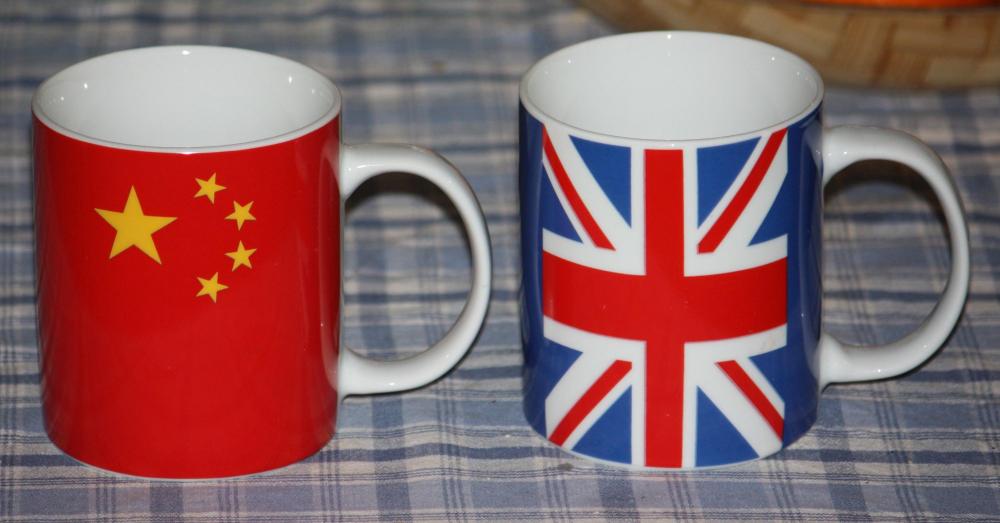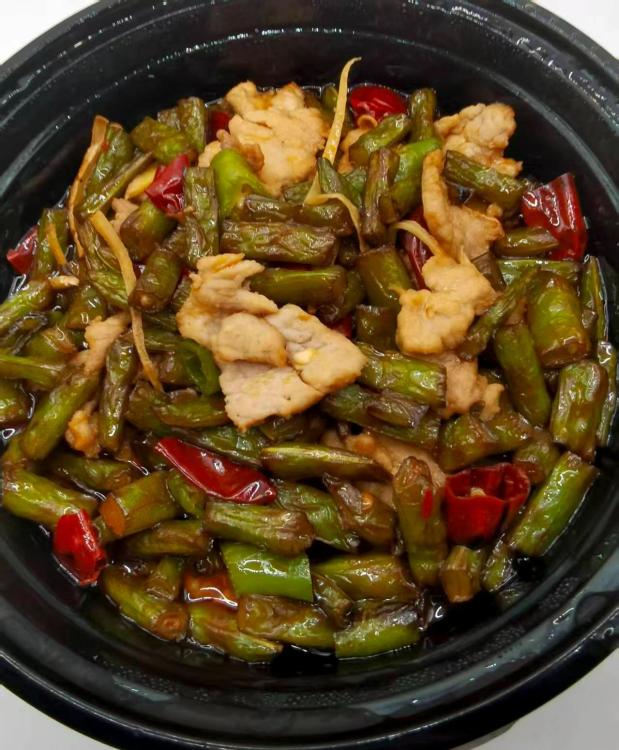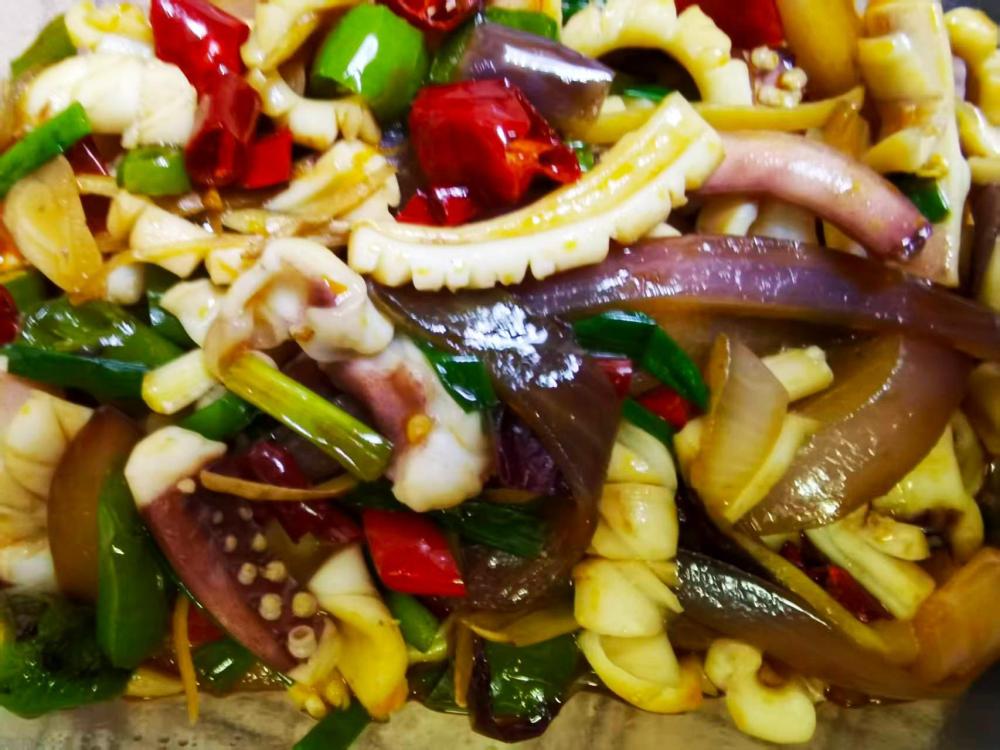-
Posts
16,731 -
Joined
-
Last visited
Content Type
Profiles
Forums
Store
Help Articles
Everything posted by liuzhou
-
it's a national disaster. Nay, international. The place I mentioned just over a week ago with the Chinese burrito has gone. Disappeared. It was there Thursday. Friday gone. Clearly, I didn't buy enough of them!
-
PressReader.com | River snail noodle magic hits town I read this yesterday. Apparently good news for some people. A man from China (maybe) has opened a luosifen place in Christchurch, New Zealand. And thankfully a self-appointed Chinese food foodie has deigned to inform us all about it. It starts of with the claim that when he visited the restaurant, he had to leave a couple of times to breathe fresh air because of the smell. In 30 years of eating luosifen in Liuzhou, I’ve never, ever seen anyone doing that. Locals of visitors. My daughter didn’t like the dish or its aroma, but she never ran out gasping. He then goes on to tell us all about the dish. He claims it went viral after Covid. WRONG. The dish, in its instant form went viral during Covid, becoming China’s top selling instant noodle variety. Only after Covid did we see millions of Tok-Tok jokers descend on the city to try it at source and talk similar nonsense about it. He then describes the dish. Beef and chicken bones are simmered for three hours with the snails. WRONG. Pork bones are simmered for a minimum of 12 hours, more often 16. He also states that the snails melt into the broth, so don’t appear in the final dish. I first read this theory many years ago and doubted it then, so I bought some of the relevant snails and simmered them for 16 hours. They don’t melt at all. The meat turns into hard inedible balls so are removed, leaving behind the flavour. He points out the dish is finished with a drizzle of chili oil. WRONG. More like a pool . It’s meant to be a spicy dish. The the owner, who does sport a common Chinese family name joins in, claiming that all the ingredients are imported from China (although he doesn’t say from Liuzhou) before admitting that it is illegal to import the snails to New Zealand, so instead he dries Chinese snails (not necessarily the snails used in Liuzhou)* and powders it to add to his broth. The type of snail used are very specific to here and found in few places in China. I get the impression that he has read the ingredients list on a bag of cheap instant luosifen and tried to recreate the dish using them. Beef is used in some brands to replace the snails. He also mentions that he offers a snail free version! Luosifen without luosi? That makes as much sense as chicken free roast chicken or clam chowder with no clams. I don’t recall any members here from New Zealand otherwise I’d be begging them to go to check the place out. * As I’ve mentioned before ‘snail powder can be a mistranslation of luosifen. Luosi are the snails and fen can mean powder but is here an abbreviation of mifen meaning rice noodles. They have also created a dysfunctional video for YouTube. Bah! Humbug!
-
Clams with fermented black beans and chilli. Finger food served with a baguette for juice dipping purposes.
-
Beef and pork meatballs with fresh tomato sauce (not bottled). Served with rice and fried mixed mushrooms (not pictured).
-
It ain't necessarily so. Anyone with a UK public library card gets free access and many educational institutions offer it free on site to those who have access.
-
This story is spreading. It just came up on Chinese news. Yes they grow here, too. Although native to Europe, they have been introduced widely.
-
Once again, authorities are warning against foraging for mushrooms unless you really know what you're doing. 21 people in California have been poisoned by Amanita phalloides, death cap mushrooms, leading to one death and the others with severe liver damage possibly requiring liver transplants. These are the same mushrooms used in the recent 'mushroom murders' in Australia. Amanita phalloides, death cap mushrooms. Photograph: Vladyslav Siaber/Alamy How many times do people have to be told? California officials warn foragers after person dies from poison mushroom | California | The Guardian
-
There's a take out place near my home which only sells what they call 'wraps' in Chinese, but are identical to burritos but with Chinese fillings. They are larger and fat and come with a large variety of filings, of which my favourite is the the Sichuan chicken and vegetables. I don't know how many they must wrap each day. I've eaten dozens of them (usually about one every week or two). Only once had whose wrapper had split. I ended up eating it with chopsticks.
-
Yeah. 鸡内金 (jī nèi jīn) is another of the ludicrous things that are used in Traditional Chinese Medicine (TCM) for various complaints, with no scientific basis. No culinary value and no medicinal value either.
-
To answer in reverse order, I am lucky that I live in one of China's few provinces with a coast line, namely the Tonkin Gulf beside our border with Vietnam. This means we have an excellent supply of seafood. Few people, if any, cook the scallops at home, though. It's seen as a street food treat. I prefer them simply seared but cooked through. I find the garlic here too aggressive which overpowers their delicate taste.
-
Scallops are very popular here. Known as 扇贝 (shàn bèi), literally, ‘fan shell’. They are usually only found at evening street markets and grilled with garlic and scallions. Not how I prefer them. They are also much smaller than those I ate in Scotland.
-
-
Some no particular name soupy rice noodles with vegetables, pork and a fried egg. Fridge clearance noodles, perhaps
- 556 replies
-
- 10
-

-

-
A few years ago, for some reason friends started giving me mugs. I'm not sure how it started but I ended up with about 30. Two years ago, I moved house and left most behind. Deliberately, only retaining some few favourites. Here are a few of those.
-
I couldn't disagree more. PDO classification is more than that. It is a guarantee that what you get is what you expect. A specific product made from specified ingredients in a specified manner in a specified place. Without it, it could be anything. I don't know what Champaigne (sic) is. I prefer Champagne.
-
I bought this in the James Joyce museum in Dublin which is located in the Martello tower which is the location of the opening of his masterpiece, Ulysses. "Yes" is the final word of the novel.
-
四季豆炒土猪肉 (sì jì dòu chǎo tǔ zhū ròu), Green bean and organic pork with red and green space chillies. Served with rice.
-
I never use the things. I don't see the point. They're just another thing to wash later. Anyway, I like the the look of wood.
-
Having salmon for dinner? You might want to read this first. ‘Those who eat Chilean salmon cannot imagine how much human blood it carries with it’ | Chile | The Guardian
-
In Hebrew it's פטה (pate), but much milder than the Greek.
-
In Europe (including the UK) and many other countries around the world Feta Cheese is a protected name and can only be made in Greece from sheep's milk or sheep and a maximum of 30% goat's milk. Similar brined cheeses cannot be called feta. Of the major developed countries, only Australia and the USA ignore this. American "feta" is made from cow's milk. But there is a problem. Greece is facing a problem as a disease called sheep and goat pox is spreading throughout its herds and almost half a million animals have had had to be culled, leaving feta makers with little increasingly milk to turn into feta (as Greece normally does with 80% of its total sheep milk. There is more information here. Greek sheep and goat cull raises fears of feta cheese shortage
-
Hmmm. What kind of websites are you frequenting?
-
So, you're looking for a stuffing with no sausage meat, but breadcrumbs. Anything else?
-
Hunan style squid with red and green chilli, onion, garlic scapes, black vinegar, Shaoxing wine. Served with rice.


